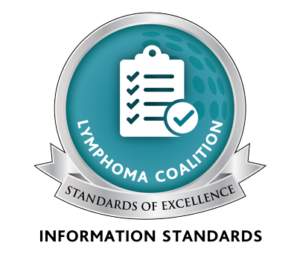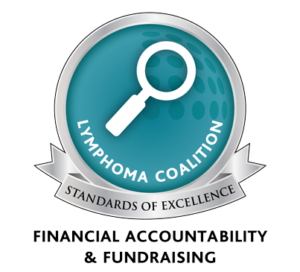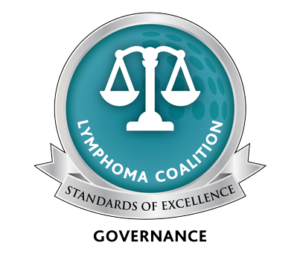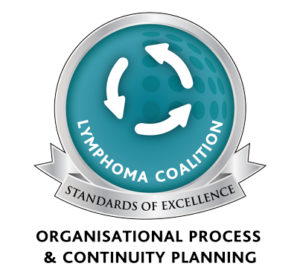Description
Hodgkin lymphoma is typically characterized by the presence of abnormal cells called Reed-Sternberg cells. However, the presence of these cells alone does not mean that an individual has Hodgkin lymphoma. To confirm a diagnosis, the lymphatic tissue sample that contains Reed-Sternberg cells must also be surrounded by a background of other cells and features that are characteristic of Hodgkin lymphoma.
Hodgkin lymphoma is not contagious and the patient does not pose a risk to others in any way. Many sources point out that the diagnosis and treatment of Hodgkin has improved remarkably in recent years. Hodgkin now has a high survival rate.
How Common is Hodgkin Lymphoma?
Hodgkin lymphoma is a relatively rare cancer. It accounts for around 0.5 % of all cancers and 15 % of all lymphomas diagnosed. Each year in Canada, approximately 900 people are diagnosed with Hodgkin lymphoma. Hodgkin lymphoma occurs more frequently in males than females in the primary age categories of young adults (15 to 39 years) and late adulthood (after 55 years). Brothers and sisters of Hodgkin lymphoma patients have an above-average chance of developing this cancer but the significance of the family relationship as the primary cause is not known.
What are the Risk Factors for Hodgkin Lymphoma?
The risk factors that relate to other cancers such as diet, smoking and unprotected sun or pesticide exposure are not related to Hodgkin lymphoma. There are, in fact, very few risk factors directly connected to the development of Hodgkin lymphoma.
No one knows exactly what causes Hodgkin lymphoma. The Epstein-Barr virus (EBV), which causes mononucleosis, may be linked to an increase in the risk of developing Hodgkin lymphoma. EBV is a virus that infects B-lymphocytes, causing them to grow and live longer. If the body’s T-cell production is compromised, then the B-cells continue to accumulate, increasing the chance for the disease to develop. However, more than half of all Hodgkin lymphoma patients have no evidence of a previous EBV infection so a definitive relationship is still unclear.
In most cases, people who are diagnosed with Hodgkin lymphoma have no family history of the disease. There have been some cases, however, where a brother or sister also develops Hodgkin lymphoma but the significance of the family relationship as the primary cause is not known.
How does Hodgkin Lymphoma Develop?
Hodgkin lymphoma is a cancer of abnormal lymphocytes (a type of white blood cell) that infiltrates and affects the lymph nodes. Lymph tissues are connected throughout the body, providing a route for cancerous lymphocytes to travel. As a result, Hodgkin lymphoma often spreads from one lymph node to another throughout the body. Unlike other lymphomas, Hodgkin lymphoma will more often spread from one lymph node to the next in sequence, rarely skipping areas (which is more common in NHL). Hodgkin lymphoma can also spread to other areas and organs outside the lymph system.
Prognosis of Hodgkin Lymphoma
Hodgkin lymphoma and NHL are described according to the same staging system. The stage of the cancer depends on the extent to which it has spread in the body. In stages I and II, the cancer is limited to one or two areas of the body (early stage). In stages III and IV, the cancer is more widespread (advanced stage).
In addition to stage, you may also hear the letters ‘A’ and ‘B’ used to describe the stage of Hodgkin lymphoma that you have. ‘B’ means you have one or more of the following symptoms: weight loss, night sweats or fevers. ‘A’ means you do not.
There is an International Prognostic Score for Hodgkin lymphoma based on the results of various tests as well as your age and the stage of your disease. Your doctor will interpret all of these factors and give you this information if you wish.
Relapsed Hodgkin Lymphoma
Finding out that your cancer has come back or relapsed can be devastating. If relapse does occur, there are usually ways of getting it back under control. These might involve using more chemotherapy or using more intensive or high-dose chemotherapy followed by a stem-cell transplant. There may still be curative options available to you. However, if your cancer is thought to be non-curable, chemotherapy and radiation may still be used to slow the growth of the cancer, prevent spreading and relieve symptoms.





